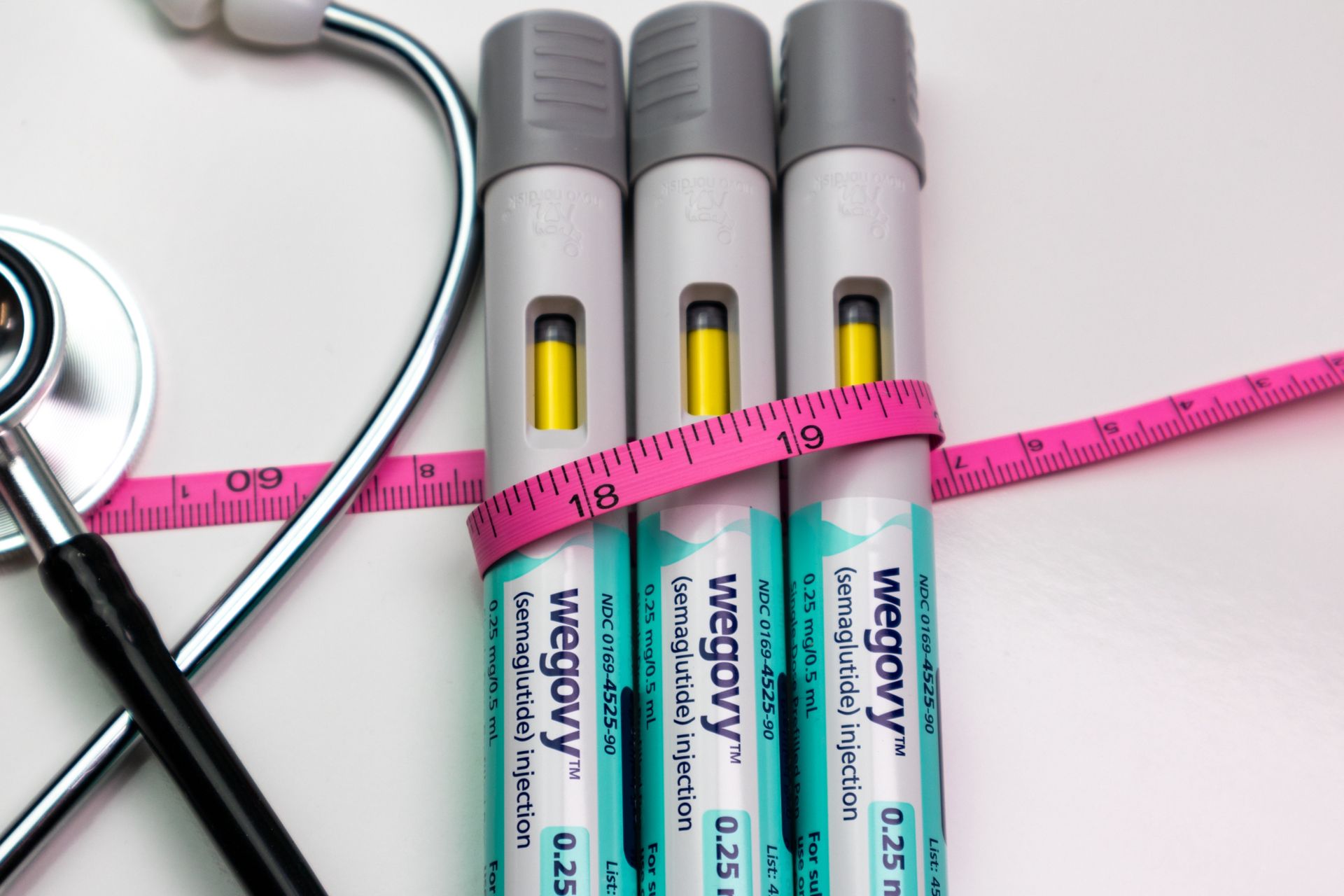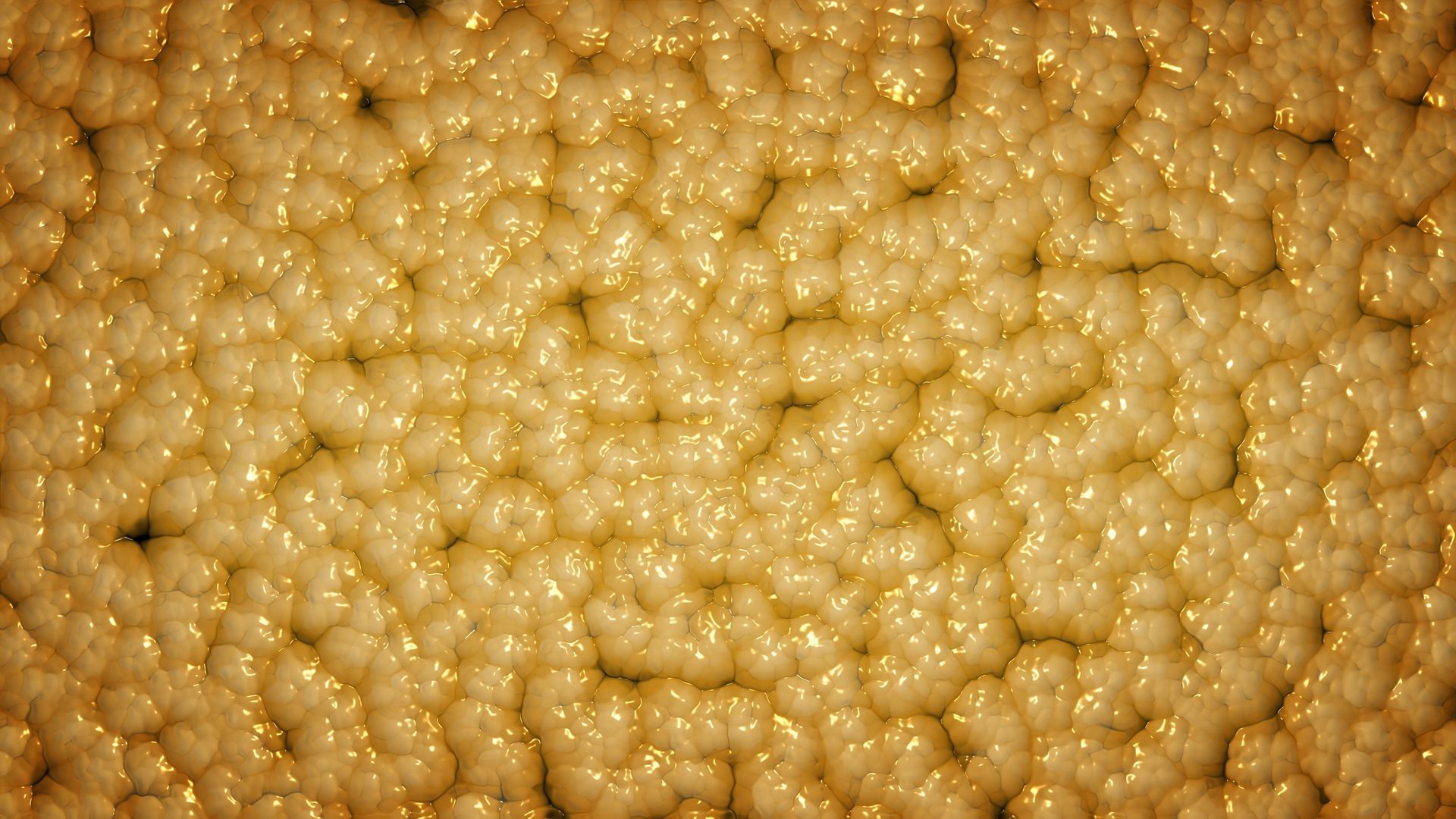Understanding Fat Cells: The Science Behind Weight Gain and Loss with Kansas City Laser-Like Lipo®
Understanding Fat Cells: The Science Behind Weight Gain and Loss with Kansas City Laser-Like Lipo®
Photo Credit: Shutterstock
When it comes to weight loss and management, understanding the role and function of fat cells is crucial. At Kansas City Laser-Like Lipo®, we believe that knowledge is power, and empowering our clients with the science behind fat cells can help you on your journey to a healthier lifestyle.
What Are Fat Cells?
Fat cells, or adipocytes, are specialized cells that store energy in the form of fat. These cells play a vital role in energy balance, metabolism, and overall health. Fat cells are found in adipose tissue, which exists in two main types: white adipose tissue (WAT) and brown adipose tissue (BAT). While WAT is primarily responsible for storing fat, BAT generates heat and helps regulate body temperature.
How Fat Cells Work
The primary function of fat cells is to store energy in the form of triglycerides. When you consume more calories than your body needs for immediate energy, the excess calories are converted into triglycerides and stored in fat cells. Conversely, when your body needs more energy than is available from your food intake, it breaks down these triglycerides into free fatty acids and glycerol to use as fuel.
The Number of Fat Cells
One fascinating aspect of fat cells is that the number of these cells in your body is relatively fixed after adolescence. On average, adults have between 30 and 50 billion fat cells. This number can increase if you gain a significant amount of weight, but it typically does not decrease. Instead, as you gain weight, your existing fat cells fill up with triglycerides and expand. When you lose weight, these cells release the stored fat and shrink.
Fat Cell Growth and Expansion
During weight gain, fat cells can expand up to several times their original size to accommodate the additional fat. If the energy surplus continues and the existing fat cells reach their maximum storage capacity, the body can create new fat cells. This process, known as adipogenesis, ensures that the body has adequate storage space for the excess energy.
Interestingly, individuals who were overweight or obese during childhood often have more fat cells as adults compared to those who maintained a healthy weight during childhood. This increased number of fat cells can make weight management more challenging, but it is not an insurmountable obstacle.

Photo Credit: Shutterstock
Fun Facts About Fat Cells
-
Brown Fat vs. White Fat: Brown fat burns calories to generate heat, while white fat stores energy. Babies have a higher percentage of brown fat to help keep them warm.
-
Hormonal Influence: Hormones such as insulin, cortisol, and sex hormones play a significant role in fat storage and metabolism.
-
Location Matters: Fat stored around the abdomen (visceral fat) is more metabolically active and linked to higher health risks than fat stored in other areas (subcutaneous fat).
Achieving Fat Loss
Regardless of your age, gender, background, or hormonal profile, fat loss is possible. The key to losing fat lies in creating a healthy caloric deficit. This means consuming fewer calories than your body needs to maintain its current weight, forcing it to use stored fat for energy.
Practical Steps for Fat Loss
1. Balanced Diet: Focus on a diet rich in whole foods, lean proteins, healthy fats, and complex carbohydrates. Avoid processed foods and sugary drinks.
2. Regular Exercise: Incorporate both cardiovascular exercises (like walking, running, or cycling) and strength training to build muscle and increase metabolism.
3. Hydration: Drink plenty of water to support metabolic processes and keep your body functioning optimally.
4. Sleep and Stress Management: Prioritize quality sleep and manage stress, as both can significantly impact your weight loss efforts.
The Role of Kansas City Laser-Like Lipo®
At Kansas City Laser-Like Lipo®, we offer advanced, non-invasive treatments that can aid in your weight loss journey. Our laser-like lipo technology targets stubborn fat areas, helping to shrink fat cells and sculpt your body. Combined with a healthy lifestyle, our treatments can enhance your results and help you achieve your weight loss goals more efficiently.
Conclusion
Understanding the intricacies of fat cells and how they function can demystify the process of weight gain and loss. While the number of fat cells in your body remains relatively constant after adolescence, their size can vary greatly depending on your diet and lifestyle. By creating a caloric deficit through healthy eating and regular exercise, anyone can achieve fat loss and improve their overall health. At Kansas City Laser-Like Lipo®, we are committed to supporting you every step of the way on your journey to a healthier, happier you.












Share On: